Por. Banco Mundial.
BANGUI.- Lo primero que se observa al aterrizar en el Aeropuerto Internacional de Bangui M’Poko son kilómetros y kilómetros de refugios improvisados, cubiertos con lonas de plástico, peligrosamente alineados a lo largo de la pista de aterrizaje. “Un desastre inminente, si un avión se desviara de la pista y se incendiara”, dice un oficial de bomberos del aeropuerto. Bienvenidos al campamento M’Poko, refugio de 30 000 desplazados internos que viven en los terrenos de un aeropuerto dilapidado.
En 2014, en la plenitud de la crisis política y sectaria que devastó a la República Centroafricana y desplazó a la cuarta parte de su población, el campamento llegó a albergar a unas 100 000 personas. La ciudad capital de la República Centroafricana, apodada antiguamente Bangui la Coquette (Bangui, ciudad de encanto), se ha ganado el triste apelativo de Bangui la Roquette (Bangui, ciudad de bombas). Aunque las recientes elecciones presidenciales y legislativas han puesto fin a tres años de conmoción y de transición, los cascos azules todavía están por doquier y los brotes de violencia son frecuentes.
Sin embargo, por primera vez en su historia, el país ha elegido democráticamente un presidente y una Asamblea Nacional. “La República Centroafricana está emergiendo de una de las crisis más duras y costosas de su historia, y las nuevas autoridades enfrentan enormes desafíos”, dice Jean-Christophe Carret, gerente del Banco Mundial a cargo de las operaciones en ese país. “Además de reconstruir la nación, el desafío primordial [del Gobierno] será asegurar el restablecimiento de la seguridad en todo el país, promover la reconciliación nacional y ocuparse de los desplazados internos”.
En un extremo del campamento M’Poko, bajo el ala de un avión derruido, encontramos sentado a Roger Arnold Tabassé, de 73 años, exinspector de la policía, un hombre que tuvo un pasado mejor pero que aún conserva su dignidad. “Mis hijos me obligaron a venir aquí por mi propia seguridad”, comenta. “Mi hogar, en el centro de Bangui, fue saqueado completamente —lo único que dejaron fue una cama metálica— y como estoy enfermo y debo usar una sonda, ellos pensaron que este campamento era la mejor opción. Ahora vivo aquí con mis cinco hijos, mis nietos y mi esposa, que tengo la suerte de que sea enfermera”. Pero Roger, como muchas personas que conocimos en el campamento, está optimista acerca del futuro de su país. “Espero de verdad que podamos salir adelante”.
Un alto precio que pagar
La República Centroafricana, famosa en otros tiempos por sus diamantes y su emperador autoproclamado, es hoy uno de los países más pobres del mundo y ha emprendido un largo camino hacia la recuperación con la ayuda del Banco Mundial y otros asociados del ámbito del desarrollo. Durante la crisis, el gasto en la estabilización del país alcanzó los USD 1350 millones anuales (cifra que equivale aproximadamente a todo el producto interno bruto del país), incluidos unos USD 800 millones para apoyar a la Misión Multidimensional Integrada de Estabilización de las Naciones Unidas en la República Centroafricana (MINUSCA) y USD 300 millones para las fuerzas francesas de mantenimiento de la paz en el marco de la Operación Sangaris. Durante esos tiempos difíciles, el país también recibió USD 250 millones anuales en asistencia humanitaria, monto sin precedentes en un país tan dependiente de la asistencia externa que a veces lo llaman la “República de las ONG”.
Se estima que a fines de 2015 había unos 450 000 desplazados internos, y cerca de 500 000 refugiados en países vecinos. Alrededor de 2,5 millones de personas —es decir, más de la mitad de la población del país— requieren asistencia humanitaria en forma urgente, y más del 60 % de los habitantes vive en condiciones de pobreza extrema. El Banco Mundial apoyó la respuesta frente a la crisis con una donación por un valor de USD 100 millones financiada por la Asociación Internacional de Fomento (AIF), (i) su fondo para los países más pobres, y actualmente colabora con las Naciones Unidas y la Unión Europea en la organización de una conferencia sobre la reconstrucción de la República Centroafricana. En dicho evento se definirán las prioridades y necesidades del país a fin de apoyar el proceso de recuperación y de paz en los próximos cinco años.
Una de las medidas más eficaces que adoptaron los donantes durante la crisis fue un programa de trabajo a cambio de dinero que dio empleo temporal a las personas más vulnerables, entre ellos excombatientes, en Bangui y sus alrededores. Fuera de Bangui, el Banco Mundial, a través de su proyecto Londo (“Levántate”), facilitó los esfuerzos de consolidación de la paz y estabilización dando ocupaciones temporales a 8500 hombres y mujeres de 17 distritos en una época en que aún prevalecía la falta de seguridad.
“Cuando se recibe ayuda en situaciones tan difíciles como esta, no es fácil medir el grado de alivio que se siente. El proyecto fue sumamente beneficioso para la población en términos de calidad de vida y empleo, lo cual resultó muy alentador para quienes habían quedado abandonados a su suerte tras la gravísima crisis que había atravesado el país”, dice Jeannette Teya, alcaldesa de Bimbo (la capital provincial de Ombella-M’Poko), situada a unos 24 kilómetros de Bangui.
En la actualidad, lo primordial para Jean-Christophe Carret es facilitar la reinserción de los excombatientes y el retorno de los desplazados internos a sus lugares de origen. El Banco Mundial está preparando un programa orientado a respaldar las medidas de recuperación y reconstrucción. Como parte del proceso de estabilización y reconciliación nacional, se prestará especial atención a los jóvenes que han sido marginados por la sociedad o movilizados por grupos armados.
En el campamento Beal, en el corazón de Bangui, donde 1500 exrebeldes viven en precarias condiciones bajo la atenta mirada de las fuerzas de mantenimiento de la paz de las Naciones Unidas, las expectativas son altísimas. Tal como señala un excombatiente: “Primero vinimos a tomar el poder. Luego, dejamos nuestras armas y aceptamos que nos instalaran en este campamento. Ahora estamos a la espera del proceso de desarme, desmovilización y reinserción, para poder seguir adelante con nuestras vidas, porque ya llevamos tres años esperando. Si fuera posible, me gustaría terminar mis estudios, convertirme en un ciudadano libre y digno y, sobre todo, dejar todo esto atrás”.
Fuente: http://www.bancomundial.org/es/news/feature/2016/07/06/in-the-central-african-republic-expectations-are-sky-high
Imagen: http://www.bancomundial.org/content/dam/photos/780×439/2016/jul/avion-historia-africana.jpg
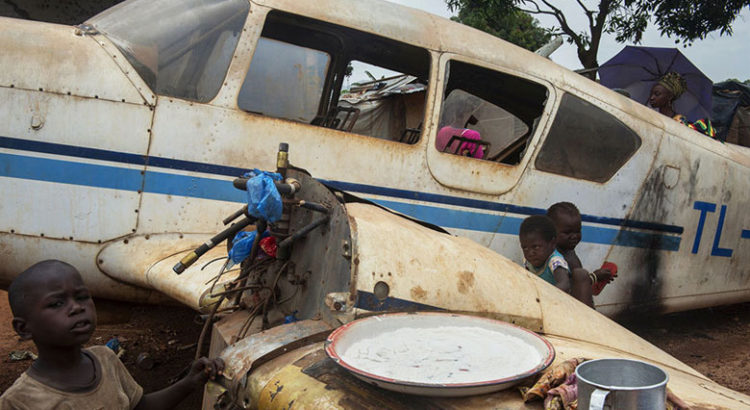
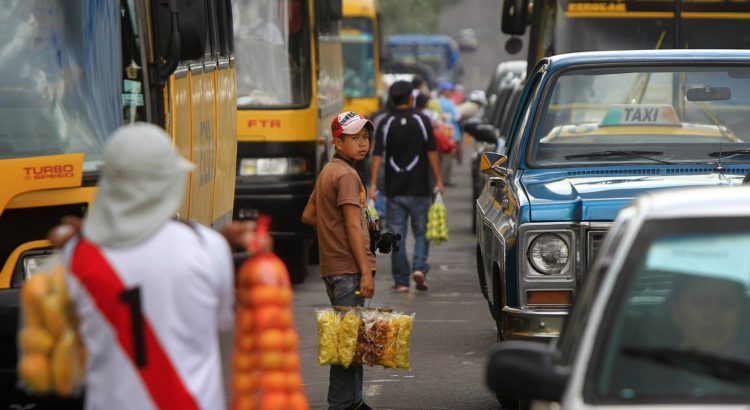
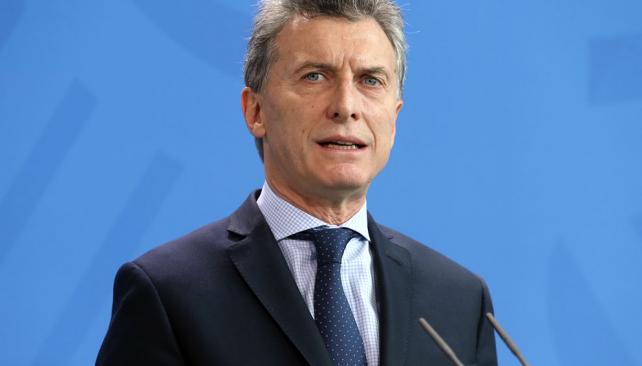
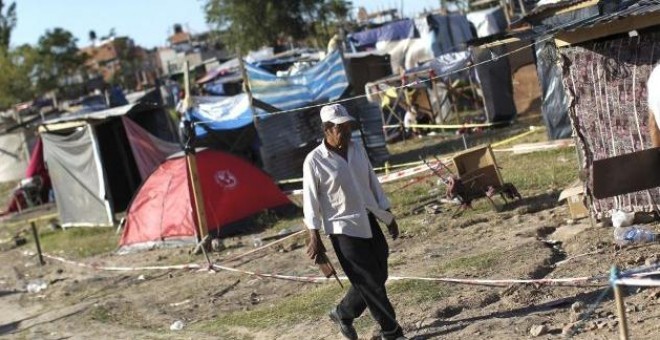
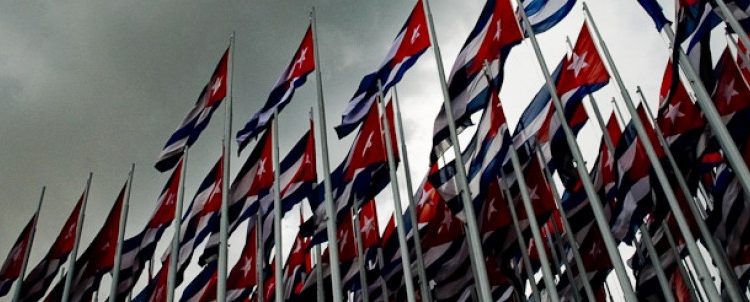

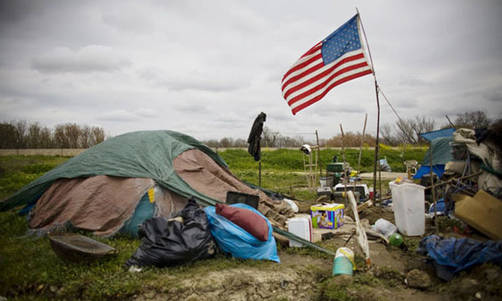







 Users Today : 28
Users Today : 28 Total Users : 35460331
Total Users : 35460331 Views Today : 40
Views Today : 40 Total views : 3419068
Total views : 3419068